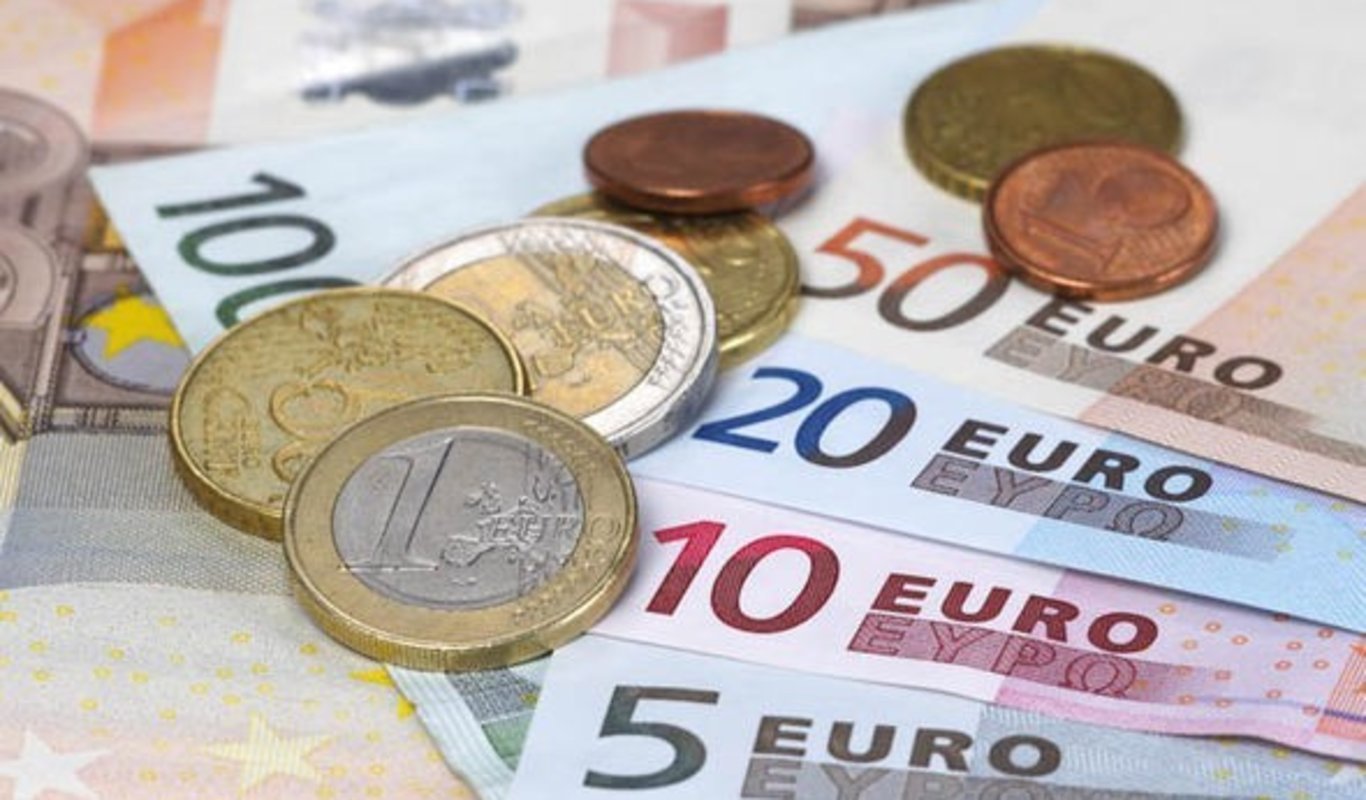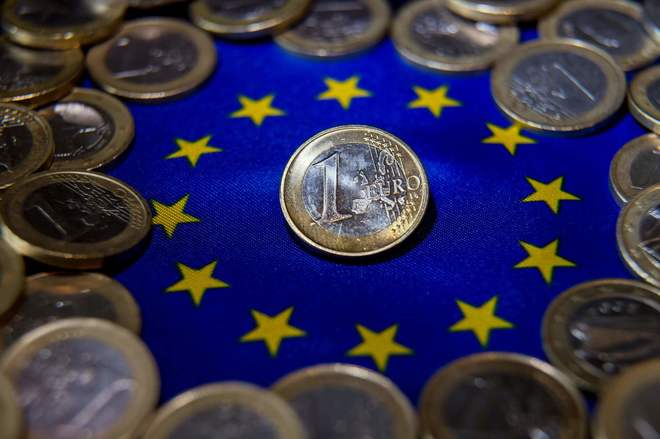The 1st of January 2002 the coins and bills were introduced in the European societies. Eight coins and seven bills were designed, and all of them are identical in the eurozone countries. The symbol (€) inspires in the Greek letter épsilon, which is the first letter of the word “Europe”, and it is crossed by two parallel lines that indicates stability.
However, they are some countries that don’t use it, such as
Poland, Romania or Sweden. In addition, there are microstates that have an
agreement with the EU to use the euro, like Monaco or Andorra. Finally, there
are other countries, such as Montenegro or Kosovo, which have adopted the euro
in a unilateral way.
The euro has an exchange rate
with the previous currencies of the eurozone countries. For instance, an euro is
equal to 166 Spanish pesetas, 1’95 German marks, 1936 Italian liras or 6’56
French francs.
A feasible activity to work
with third cycle students would be applying the rule of three in order to know the value of
the past currencies of eurozone countries with regard to a particular amount
of euros. For example, they could find how many pesetas 10 euros are, and the
same with other currencies. Moreover, the teacher could plan a similar
activity to compare the euro with the dollar (1 € is 1,12$ currently). These exercises are justified in the legislative framework, which has as evaluation criterion "conocer el valor y las
equivalencias entre las diferentes monedas y billetes del sistema monetario de
la Unión Europea".
 Finally, other alternative
would be to create a supermarket (second and third cycle), in which learners would sell and buy products. In this
way they practice the mathematical operations mentally, boosting their mental
arithmetic. To carry out this activity children could take the boxes,
tetrabicks… they have at home to recycle; thus we provide a didactic utitlity
to the recicled materials. Regarding the coins and bills, at the schools that kind of resources usually exists, which is given by the publishers.
Finally, other alternative
would be to create a supermarket (second and third cycle), in which learners would sell and buy products. In this
way they practice the mathematical operations mentally, boosting their mental
arithmetic. To carry out this activity children could take the boxes,
tetrabicks… they have at home to recycle; thus we provide a didactic utitlity
to the recicled materials. Regarding the coins and bills, at the schools that kind of resources usually exists, which is given by the publishers.
No hay comentarios:
Publicar un comentario